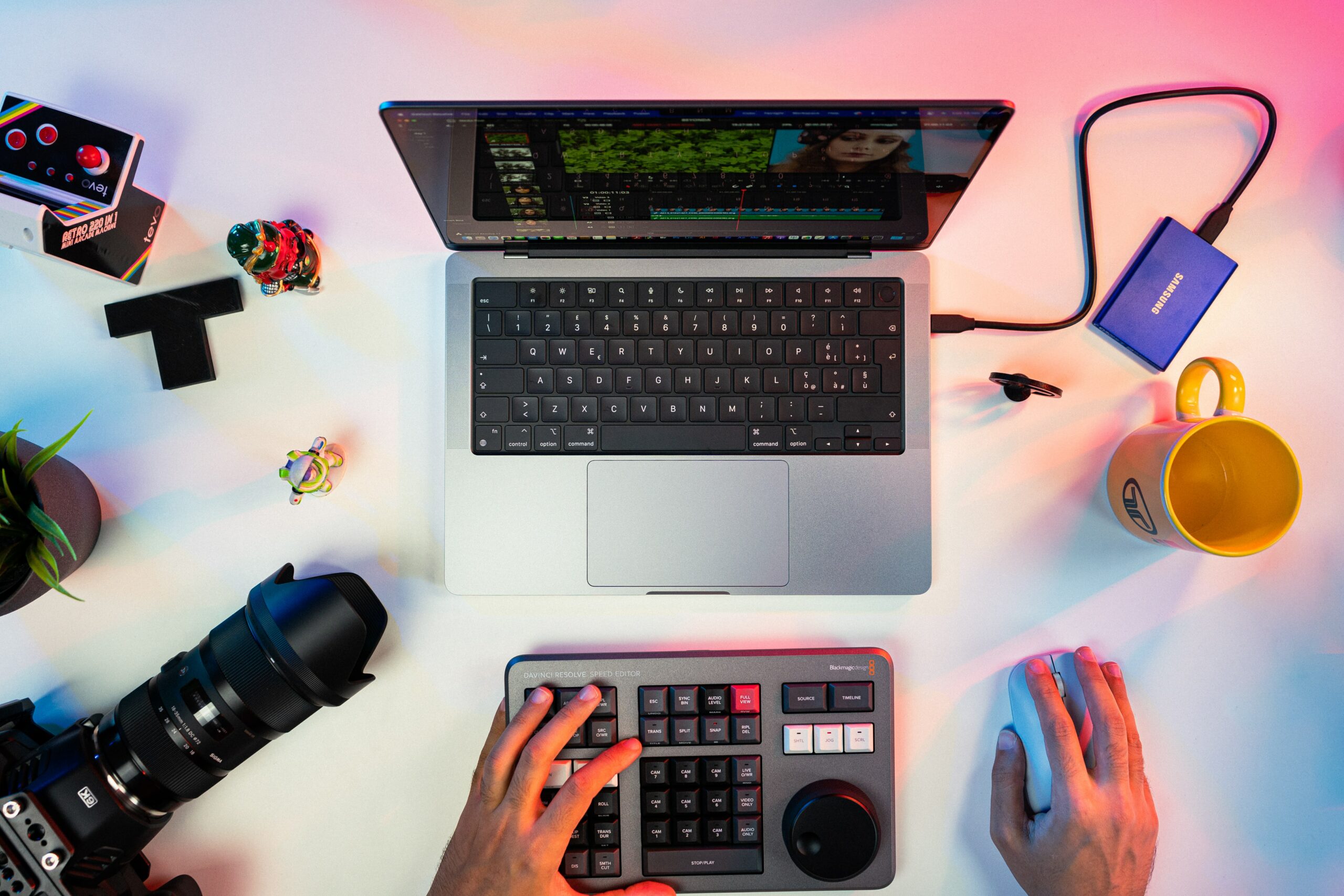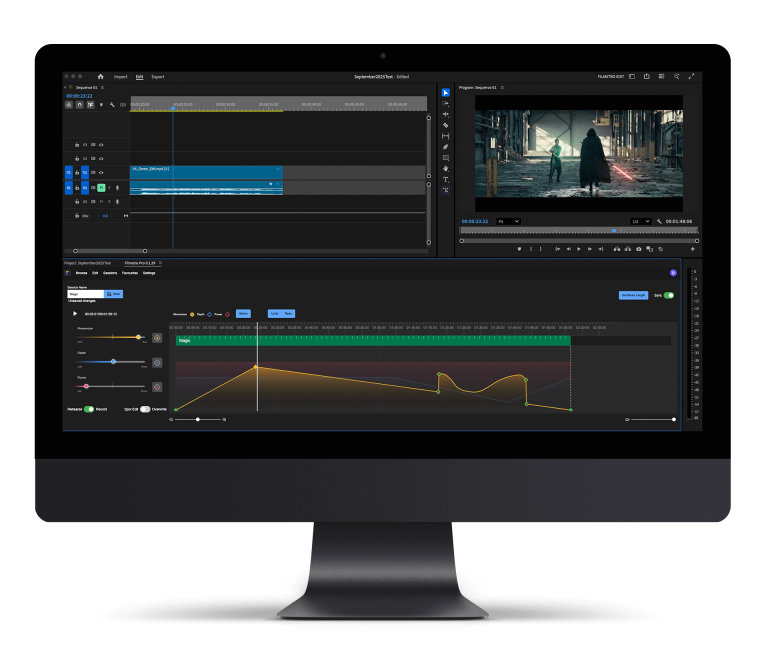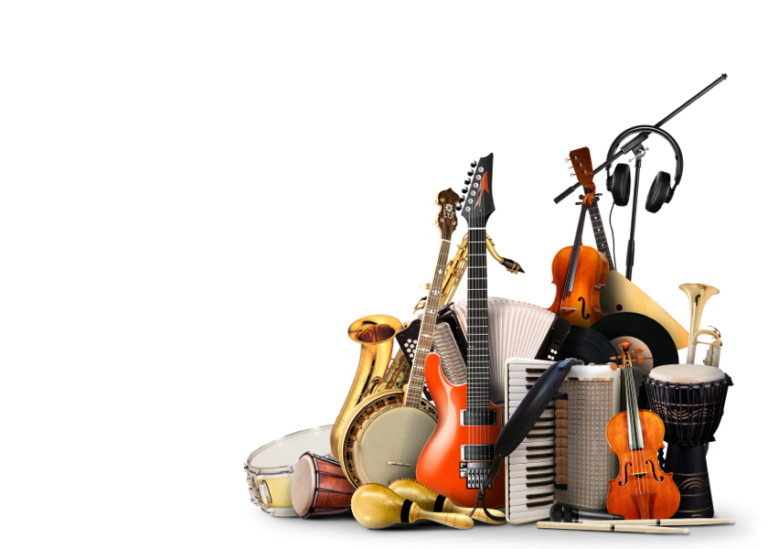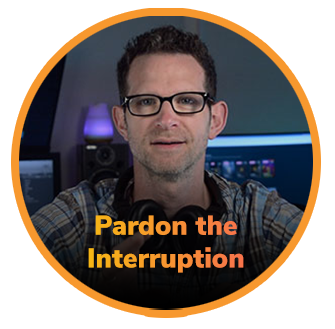6 things to know about audio editing –
We may not realize this, but audio carries video.
Picture this; you’re watching a beautifully shot video with exceptional camera work and direction but wait, the audio is distorting. There’s background noise, some static, ruining the beautiful shots your eyes are seeing. You’d probably shut it down after a while, if not immediately.
Audio production is often overlooked, with people underestimating the transformation a good audio editing software and the process can bring about.
Why Is Audio Editing Hard?
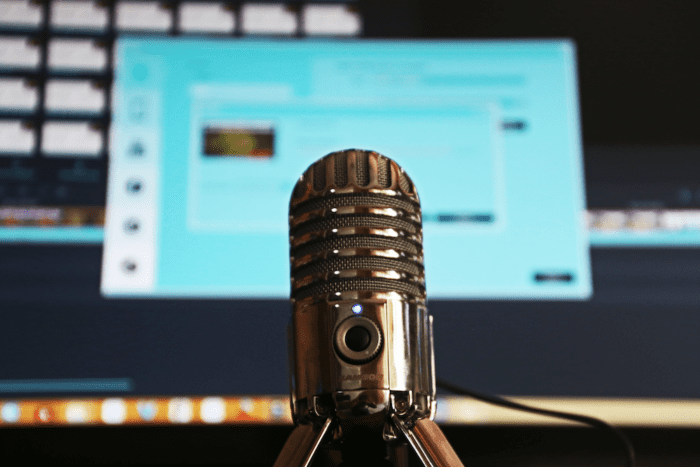
Audio editing is tricky; it takes a lot of work and a good ear to create an exceptional piece of audio, whether it’s music or sound effects. You cannot simply record something and think it’s good to go; recording is simply the starting point.
Raw audio needs some (or a lot) tweaking and polishing before it can be used. Plus, with current audio editing softwares, there are millions of ways you can manipulate the audio with cool filters and effects.
If anything, raw audio is a treasure trove of untapped potential and possibilities. However, you need the right tools and some tricks up your sleeve to actualize the audio’s potential.
If you’re an audio editing beginner, or even if you’re experienced and on the hunt for some fresh ideas, you came to the right place.
We’ve got six things you need to know about audio editing; these tips and tricks will help you hack the audio editing game, even if you don’t have tons of experience.
Also Read: How to become a video editor
6 Things to Know About Audio Editing
Here are 6 things you need to know about audio editing to help you kickstart mastering this art.
1. Good Recording Does Wonders
Creating a usable, quality piece of audio requires using high-quality material. Think of it like cooking; good quality ingredients make for a delicious meal. This is not to say that you can’t create quality audio from a bad recording; it just might take extra effort and time. So to save yourself the hassle, make sure your raw recording is as problem-free as possible. These are some common things you need to look out for that might ruin your audio recording;
- Background noise; turn off any nearby appliances such as fans or ACs that might cause unnecessary ambient sound.
- Echo: if your audio recording contains you or someone else talking, make sure it’s not in a room that has an echo.
- Proximity effect: how close the sound source is to the microphone matters; if you’re too close, your recording may come out bassy and unclear. Although, you can manipulate this to your advantage if you know what you’re doing.
Ultimately, to create a high-quality piece of audio that has maximum potential for editing and manipulation, you need a quality piece of raw recording.
2. Effective Tools and Software are Key
The DAW (Digital Audio Workstation) you use to edit your audio recordings is the most important bit of the process. The proper editing tools can make a world of difference.
If you’re on the hunt for audio editing softwares, make sure the tools you use have a wide variety of features and options so that you can get the most out of your raw recording.
Here are our top picks for the best audio editing softwares for beginners;
- Filmstro
- Audacity
- Ocenaudio
- Audio cutter
- Wavepad
- Twisted Wave
These tools are the best for beginners because they’re easy to use and incredibly easy to navigate. Most of them allow for plugins and CD ripping too. Plus, most of them are free. So you can edit all the audio you want without breaking the bank.
However, free softwares always comes with other catches, like limited features and filter options. This is why we recommend splurging on a paid audio editing tool, so your audio can truly shine.
3. Correct Volume Levels Matter
This may come as a surprise if you’re a beginner, but the volume level matters. When you’re importing a new sound into your audio, set its volume at zero baselines. This is essential so you can customize sounds to go from low to high to create a nice spectrum.
Also, here’s a pro-tip; when listening to your audio edits in progress, listen to them at medium levels on your PC. This lets you pinpoint where the audio gets too high or too low, so you can fix any inconsistencies. If you’re listening to them too loud or too low, you won’t be able to hear the audio at a balanced volume level.
4. Background Noise is a Big No
This is sort of a given; background noise doesn’t sound great. Try to eliminate any background noise in your audio, whether it’s during the recording or in the editing process.
Too much background noise can make audios sound amateurish and unprofessional. On the other hand, no background noise makes videos look clean and professional so do your best to make that happen.
5. Filters and Effects Must Accompany the Sound
What sounds better? A plain, one-dimensional audio or audio with filters and some cool sound effects. But a warning. Only add sounds and effects where they make sense; you don’t want your audio to sound like a bad DJ remix of a great song.
If you’re working with an audio that has people talking, add filters to each voice, so the listener is able to differentiate easily. This also gives your audio a cleaner feel and prevents it from sounding muddled.
6. Go Royalty-Free
This is an industry pro-tip; if you’re not in the mood to start from scratch, use royalty-free sound and music. Not everyone has the kind of equipment to record a high-quality piece of audio themselves, nor the time to do it.
Enter Filmstro.
Filmstro is your one-stop shop for millions of royalty-free music clips. While it’s not free, it’s incredibly affordable, with access to the entire music library, no per-track restrictions.
Here are some of Filmstro’s best features that make it the best database for royalty-free music.

1. Full-Access
With a simple pricing plan, Filmstro gives you full access to its entire music library. You don’t have to separately buy individual tracks, nor do you encounter per-track restrictions.
2. Fresh Content
Filmstro adds new music to its database every week, so you’ll always have fresh content to work with. Their library is categorized into albums and themes, so navigation is a piece of cake. This will save you time while also giving you the latest royalty-free music to use for your projects. It sounds like a pretty sweet deal.
3. Premiere Pro Panel Plugin
This is the best part; you can integrate the app and compose the clips to your liking in your favourite NLE software. While Filmstro already has an audio editor, we understand that a commitment to another software can be hard to break. Filmstro’s app allows integration, so you can integrate the music and edit it however you like in your go-to NLE tool.
4. Audio Editor
In addition to full access to a huge music library, you can also use Filmstro to edit the clips to your liking. Filmstro comes with an easy-to-use audio editor that is excellent for beginners. And if you’re finding it hard to understand, their website has a super helpful explainer video.
5. Commissions
If you can’t find the right track for you in Filmstro’s library, worry not. Because they take commissions. You can have a track custom-tailored to your preferences in 30 days with Filmstro.
6. Customer Support
This is underrated, but a software without good customer support is no good. Filmstro has round-the-clock customer support, ready to solve any issues you have with the tool. Plus, they have a 30-day money-back guarantee, so if you’re not satisfied with the product, you’ll get your deposit back. But we’re sure you’ll be satisfied with your experience, so we’re not too worried.
Final Takeaway
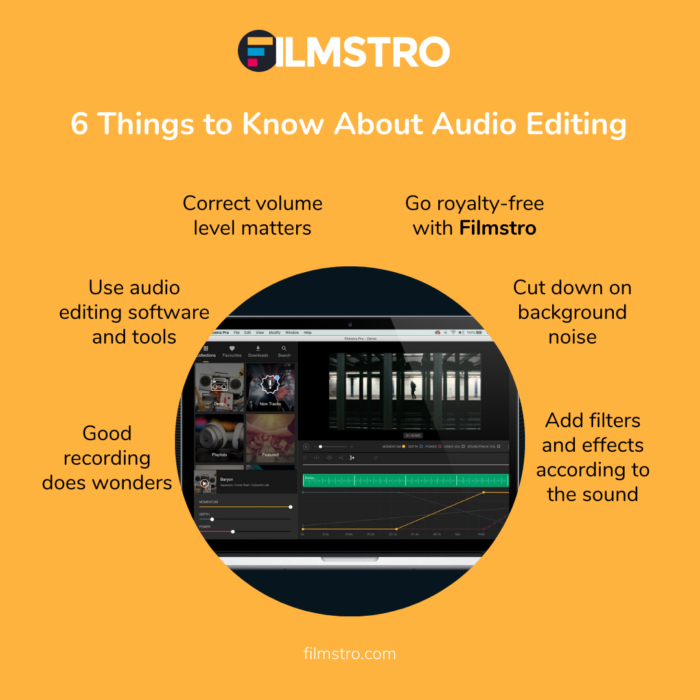
Audio carries video; without good audio backing your video, your video content won’t resonate as well as it deserves too. We get it; it can be tricky for beginners. This is what we’re here for; follow our blog for useful tips and tricks like these to make your audio editing journey as smooth as possible.
While you’re editing, you’ll need supplementing sounds and audios to polish your track. And copyright strikes can be a hassle to avoid and get approval on. Our recommendation is to go royalty-free.
This is where Filmstro comes in; for royalty-free music and audio editing, use Filmstro’s unlimited music library and easy-to-use audio editor. Filmstro has tons of other features you’re guaranteed to fall in love with. Try it out now and see for yourself.
—————–
We hope you enjoyed “6 Things to Know About Audio Editing” and don’t miss out on any of our other blogs!
Sign up to Filmstro and follow us on Twitter, Facebook and subscribe to our Youtube channel. You can also check out our royalty-free music today by clicking here.



